Troubled Waters: What's The Problem With Barges, Boats & Bridges?
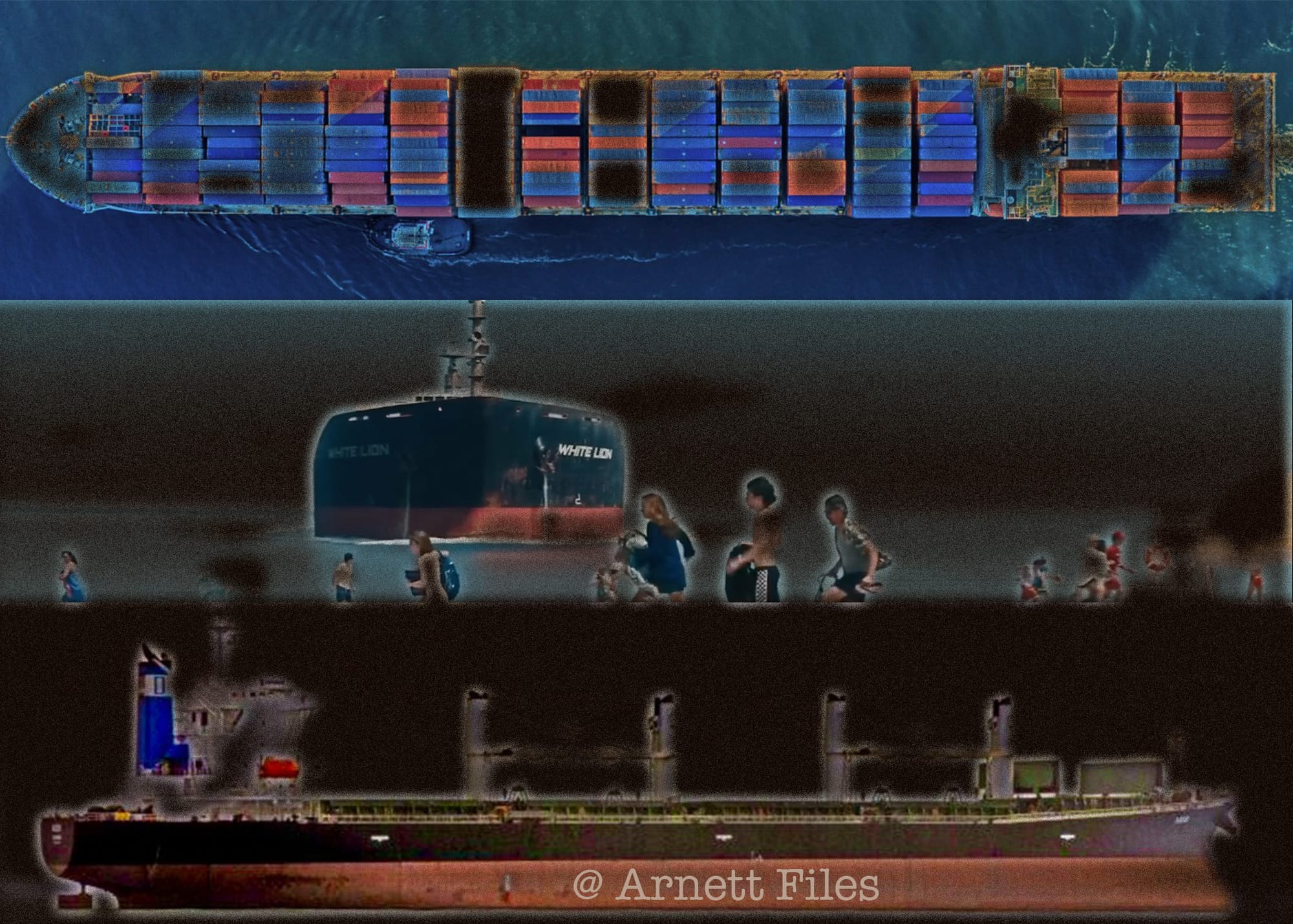
I almost lost my lunch when I heard reports that a massive cargo ship had lost control in the New York Harbor and was drifting dangerously close to the Verrazano Bridge. That Bridge is one I drive over often, as it connects Brooklyn to Staten Island. It is my access point to the New Jersey turnpike which runs up and down the eastern seaboard.
The US Coast Guard confirmed that a 1,100-foot container ship called the APL Qingdao had lost propulsion at 8:30 p.m. on April 5. The location was Kill Van Kull, a narrow shipping lane between Staten Island and Bayonne, New Jersey.
This is a super sensitive location as it serves as the entrance into New York Harbor. If that bridge fell it would be a devastating blow to the country. The Port of New York ranks the fourth largest in total trade for the entire US whereas the Port of Baltimore is ranked 18.
The APL Qingdao is registered in Malta and owned by CMA CGM, a French shipping company. It was bound for Norfolk, Virginia.
Three tugboats were dispatched to aid the container ship and guide it to a position just north of the bridge where it anchored.
Naturally, my mind went straight to the Baltimore Bridge disaster that took place less than two weeks earlier. The difference here we are told is that the Qingdao lost 'propulsion' whereas the Dali which crashed into the Frances Scott Key bridge lost 'power.'
No doubt the results would have been the same if the Qingdao smashed into one of the two support columns holding up the Verrazano.
BREAKING: A NY tugboat captain has reported to @gCaptain “container ship APL QINGDAO lost power while transiting New York harbor. They had 3 escort tugs but 3 more were needed to bring her under control. They regained power & were brought to anchor near the verrazano bridge” pic.twitter.com/Z2IP04xmLs
— John Ʌ Konrad V (@johnkonrad) April 7, 2024
Just as I'm getting over this queasy deja vu, news broke this past weekend that over two dozen barges broke loose from their moorings and, according to the AP, were "floating uncontrolled" down the Ohio River in Pittsburg.
Around 2 p.m. on April 13, one of the barges collided with the Sewickley Bridge. No injuries were reported. Steve Cowan, a spokesperson for the Pennsylvania Department of Transportation said the bridge “was closed in advance of the strike and will remain closed until our crews complete an inspection.”
Authorities were able to contain eleven of the unmanned barges while five or six barges went through the Emsworth dam down stream. One barge is still at this time unaccounted for.
Another bridge, the McKees Rocks Bridge, was closed for safety measures but was subsequently reopened. The barges are owned by the Campbell Transportation Co.
This week, as a fourth body was found and fished out of the Baltimore Harbor, salvage crews continue their Herculean task of removing countless tons of the collapsed Francis Scott Key Bridge from the Patapsco River.
The FBI first stated that "there is no specific and credible information to suggest any ties to terrorism at this time.”
However, the FBI announced yesterday that it is now opening a criminal investigation into the Francis Scott Key Bridge collapse. In a statement confirmed to Fox News Digital, the FBI "is present aboard the cargo ship Dali conducting court-authorized law enforcement activity."
It is hard to avoid the weird cluster f^@k of coincidences surrounding these out of control ships. As we noted in our article Art & Tragedy: Strange Synchronicity In The Baltimore Bridge Collapse, a synchronistic twilight language appears encoded in these disasters.
The article discusses how the bridge was struck by a ship named Dali, after the famous Spanish artist Salvador Dali, who made a painting called The Broken Bridge of the Dream (1945). A strange synchronicity at that.
There is something to be said about the name of the collapsed bridge as well. It was named after the poet Francis Scott Key, composer of the Star Spangled Banner.
In fact, Francis Scott Key composed the song right there on the water, not far from where the bridge went down, during the Battle of Baltimore on September 13, 1814.
This was a key battle in the War of 1812 between the British and Americans. The Limey's had, weeks earlier, attacked Washington D.C. and burned down the Capitol and the Treasury .
The British ships rained down shells and rockets onto Baltimore but, as the song declares, the American flag was still there at dawn, flying over Fort McHenry. The Americans withstood the attack and the tied began turning in their favor.
Last night, the Francis Scott Key Bridge in Maryland collapsed and caused a “mass casualty incident” after a container ship named Dali collided with one of its support pillars. Some are saying the disaster was the result of a cyberattack, like in the movie Leave the World Behind.… pic.twitter.com/WjTNTgIc6W
— Nick Hinton (@NickHintonn) March 27, 2024
Nick Hinton on Twitter, suggests that the bridge collapse may portend the death of the American Dream as we know it. In the twilight language of synchronism, there might be something there.
The surrealist painter Salvador Dali was well steeped in symbolism, as he was an ardent Freudian, and his paintings were all about the exploration of dreams from that stand point.
I was curious to know what Sigmund Freud himself said about the symbolic importance of 'bridges,' so I went directly to the source. It is quite interesting though maybe not too surprising for those acquainted with Freud. He equates the bridge to sex. Specifically the male sexual organ.
Regarding the 'bridge,' Freud states:
"In so far as it is thanks to the male organ that we are able to come into the world at all, out of the amniotic fluid, a bridge becomes the crossing from the other world (the unborn state, the womb) to this world (life); and, since men also picture death as a return to the womb (to the water), a bridge also acquires the meaning of something that leads to death, and finally, at a further remove from its original sense, it stands for transitions or changes in condition generally."
The implication here seems to mean that the 'potency' of American power may be at risk. What catches my eye is the last part, where he states the bridge "stands for transitions or changes in condition generally."
This reminds me of Carl Jung, one of Freud's finest pupils. Jung relates the symbolism of the bridge to the anima itself , saying:
"I have defined the anima as the personification of the unconscious in general, and have taken it as a bridge to the unconscious . . ."
Transitions, changes and the unconscious. Salvador Dali explored these other dimensions in his surreal paintings. Are we, as a collective unconscious, about to transit into that realm as well?
Which reminds me of something Rod Serling said: "You are about to enter another dimension, a dimension not only of sight and sound but of mind. A journey into a wondrous land of imagination. Next stop, the Twilight Zone!"
References:

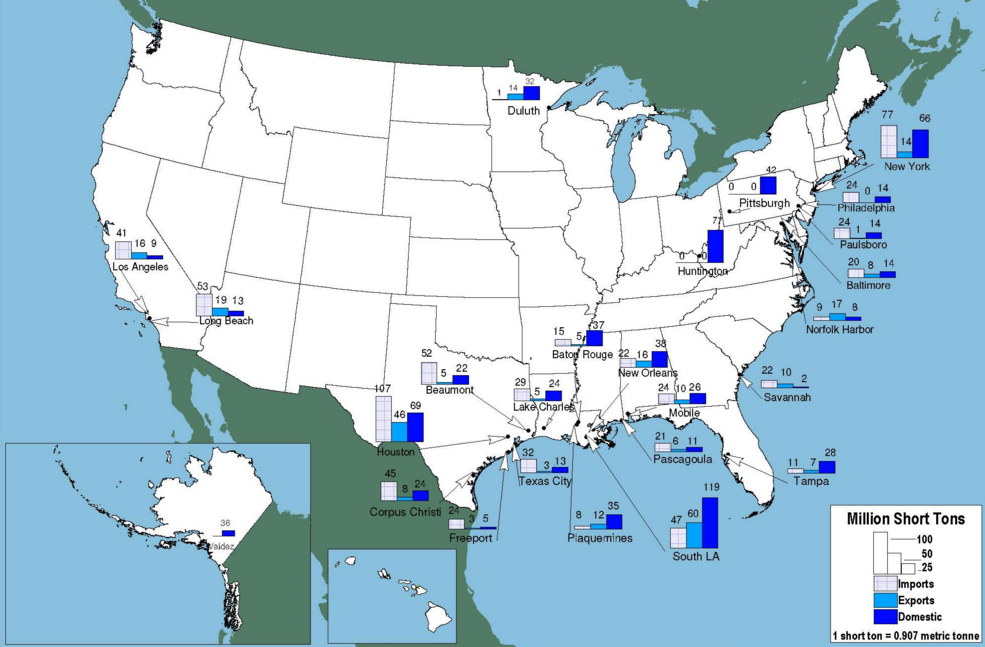
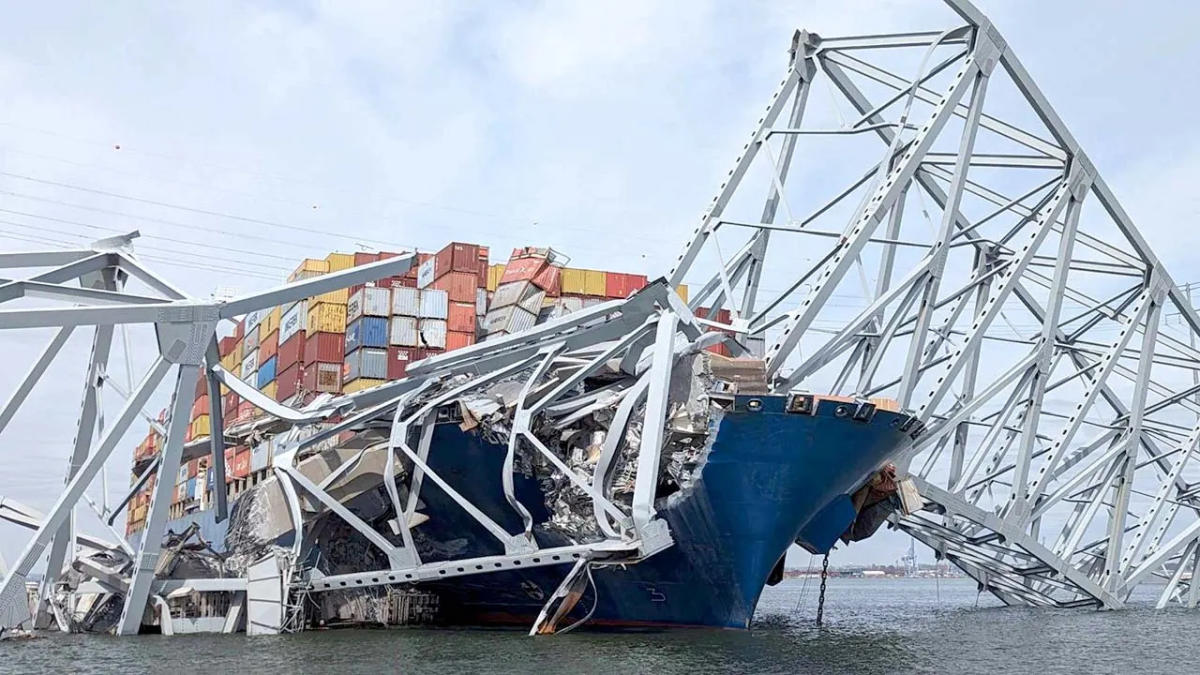
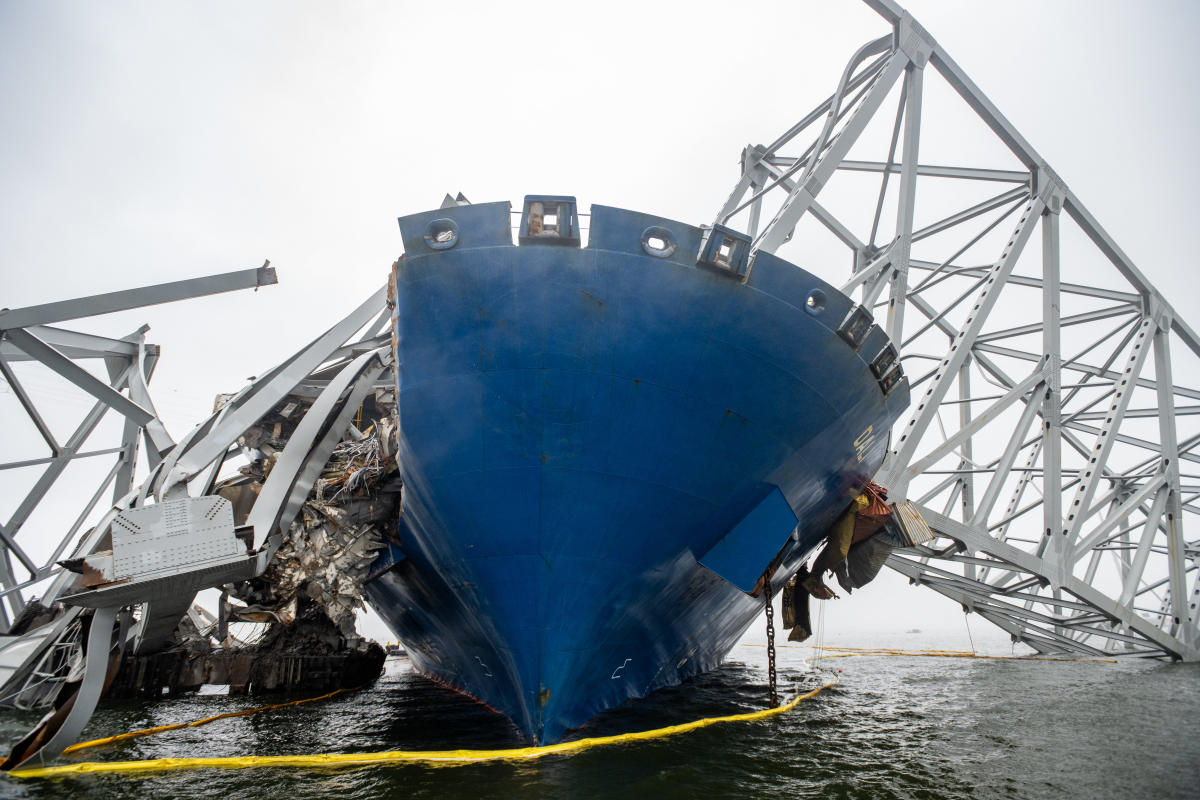

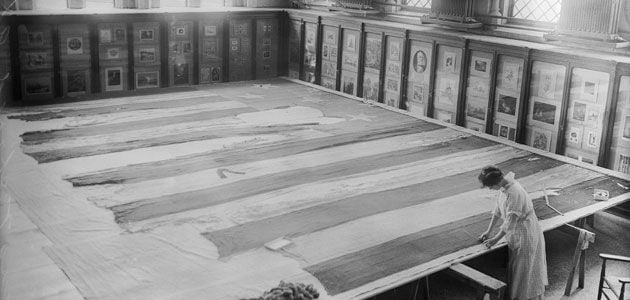


Andrew K. Arnett is a writer and producer. He has been published in Paranoia Magazine, New Dawn, Nexus, Konbini and Alien Buddha Press. He lives in Brooklyn, NY and hunts ghosts with the Brooklyn Paranormal Society. Find him on Twitter: @AndrewArnett





